Keep Your Eye on the Wall is a book conceived and edited by Olivia Snaije and Mitchell Albert. It brings together seven award-winning artist-photographers and four essayists, including an introduction by Raja Shehadeh, all responding to the Wall in images or words specially commissioned for this book. The photographers present unique perspectives, whether documenting the journey of laborers across the barrier, the desolation of abandoned checkpoints, a surreal grey bulk cutting across a landscape or the tattered posters of “martyrs” on a wall in Gaza.
Keep Your Eye on the Wall was published by Editions Textuel in French, and by Saqi Books in English, in 2013. Exhibitions of photographs from the book were held at the Arles international photography festival, in Paris, in Kuwait and in Ramallah. An exhibit of the photographs will be held during Art Dubai 2015 at the Empty Quarter gallery.
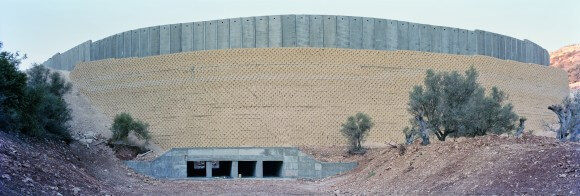
Four Times as Long as the Berlin Wall
On the eve of the 25th anniversary of the fall of the Berlin wall, the wall running through the West Bank, called the “security fence” by Israel, the “Apartheid Wall” by Palestinians, and the “Separation Barrier” or “Separation Wall” by nearly everyone else, is one of the world’s most emotionally charged and controversial constructions of the past ten years.
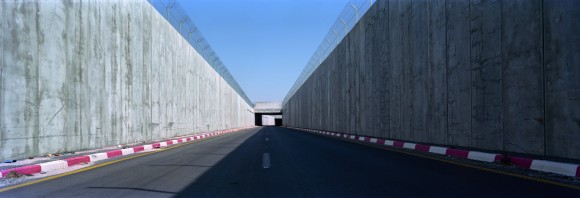
Symbolically, the wall in Palestine is this century’s Berlin Wall, albeit four times as long as that hated Cold War icon and more than twice as high. Under construction since 2002, it is expected to eventually extend for 709 kilometers through the West Bank. A series of concrete slabs, barbed-wire “buffer zones”, trenches, electrified fences, watchtowers, thermal-imaging video cameras, sniper towers, military checkpoints and roads for patrol vehicles have dismembered the cities of the West Bank and segregated them from occupied East Jerusalem.
The wall defies international law as well as United Nations Security Council resolutions, and deviates considerably from the original boundaries demarcating land captured by Israel during the 1967 War. It is more than twice the length of the Green Line, Israel’s recognized border with the West Bank. Israel maintains that it is intended as a defense against terrorist attacks; Palestinians view it as a cynical, long-term maneuver aimed at annexing more land to Israel and inhibiting Palestinian movement within the Occupied Territories.
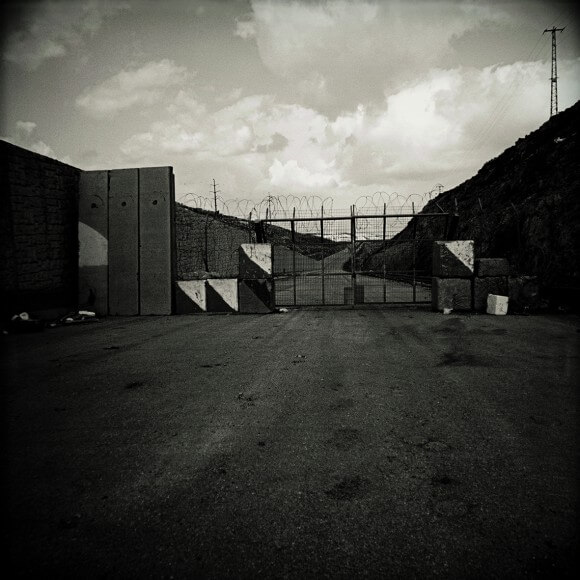
The wall makes it impossible for thousands of Palestinians to farm their land; restricts access by rural Palestinians to hospitals in nearby towns; prevents teachers from going to work; and disrupts family and social ties. Lengthy and circuitous journeys must be made over distances that were previously ten minutes away, to reach the dozens of checkpoints and gates that Israel has installed.

The wall has cost over $2.6 billion so far, while the cost of yearly maintenance is $260 million.
The Palestinian writer and human rights laywer Raja Shehadeh says of it: “The sight of the stark concrete evokes confinement, desolation, fragmentation, and land theft.”
Keep Your Eye on the Wall: Palestinian Landscapes is published by Saqi Books. Photographs reprinted here with the permission of Saqi Books.
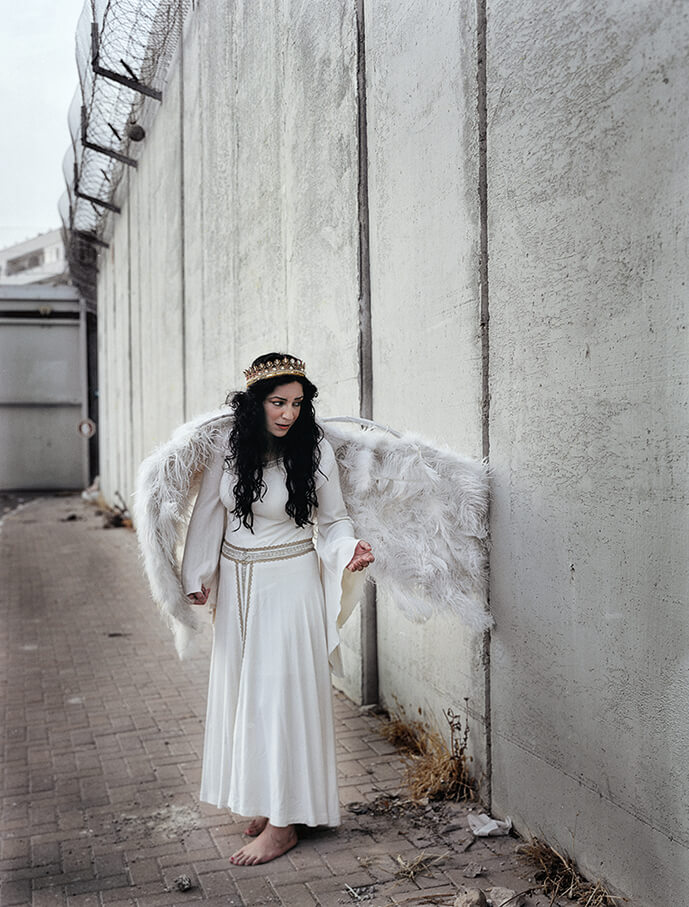

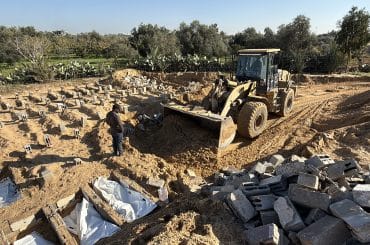
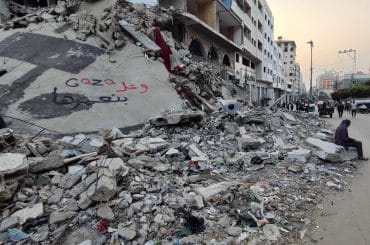
There is a pathetic element in the aroused sensitivity to human right issues since WW2 and the Jewish Holocaust in it that finds its expression among Europeans in identifying in the Israel-Palestinian conflict once more the Jews as the villains. In other words, the descendants of yesterday`s Europe`s victims that as a result of those events found their way to Israel are now the blame-target of Europeans in their “learning experience”, their awakening to human-rights, from those events. Strangely, or rather sadly, the Europeans don`t seem to get the irony here. And why, consequently, this “moral outrage” of theirs gets such a meager appreciation, even counter outrage, in Israel
The sight of the stark concrete evokes confinement, desolation, mass brainwashing, neoshtetlism, dead end messianism, the enduring trauma of WW2 , the wrong learnings from ww2, the infinite human capacity for delusion and the hopelessness of modern Judaism
One on of those wall blocks there is a base with “al quds lina”(Jerusalem is ours) painted on it. I saw it in 2003.
Zionism is so fucked up. Like concrete is going to stop the Palestinian imagination.
Kudos on the book.
The illegal ‘wall’ is the ugliest of the always ugly Israeli ‘architecture’.
It is time the world regarded this despicable wall as an apartheid wall, or the wall of oppression.
These zionist fences and walls have brought nothing but death, injury, destruction, and loss of land and resources, for the victims of occupation. At the slightest excuse, the zionists have stolen, grabbed, and fortified for themselves, acres and acres of lands, that they have no damn right to, ignoring world condemnation, their usual arrogant trait.
When will the US tell them to end the occupation, and land grabs, for the stones and rockets to cease?
Meanwhile Abbas seems to waffle again, but perhaps this time he may act on going to the UN.
Any bets?
Abbas set to submit UN resolution on borders and ending occupation
The Palestinian president says the move later this month will define the entire West Bank and East Jerusalem as Palestinian territory.
A resolution demanding the 1967 lines as the borders of a Palestinian state and an end to the Israeli occupation will be submitted to the UN Security Council later this month, Palestinian President Mahmoud Abbas said Thursday. Haaretz